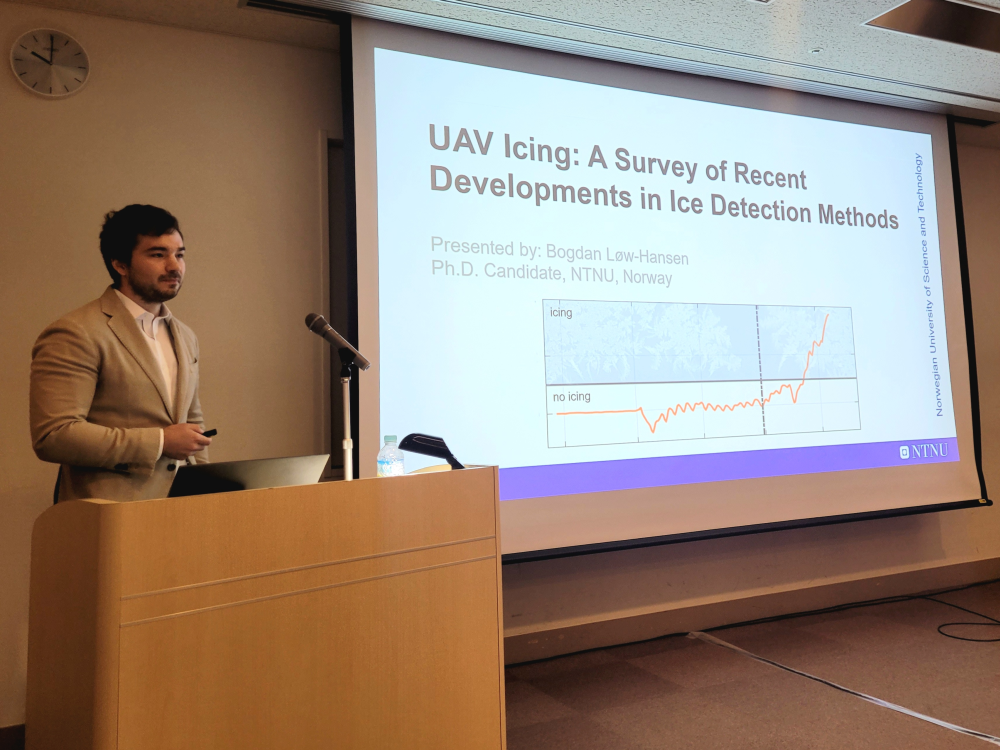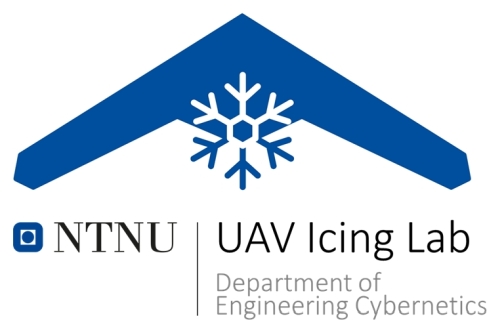The skies are not always as friendly as they seem, especially when flying in cold weather conditions. Although aircraft icing is considered solved for larger aircraft in civil aviation, the challenge of icing is relatively new and unexplored in the context of small drones and uncrewed aerial vehicles (UAVs). In this blog post, we will explore recent developments in ice detection solutions suitable for small UAVs, shedding light on the ongoing efforts to keep these remarkable flying machines safe amidst harsh weather conditions.
The Ice Predicament: In-flight icing, or the accumulation of ice on aircraft surfaces during flight through clouds, poses a formidable challenge for the UAV industry. While conventional aircraft have mature solutions to tackle this issue, manufacturers and users of small fixed-wing UAVs still grapple with limited options. Often, the only solution is to postpone the flight until icing conditions subside, significantly reducing their operational efficiency.
The UAV Revolution: The rapid rise of small UAVs, commonly known as drones, has taken the world by storm. These unmanned aerial vehicles find applications in diverse industries, from aerial photography to package delivery, agricultural surveys, and environmental monitoring. Their compact size, cost-effectiveness, and versatility have sparked immense commercial interest, leading to innovative applications that seemed like science fiction only a decade ago. As we envision UAVs soaring through the skies to fulfill various tasks, ensuring their safety becomes paramount. An essential prerequisite for effective ice protection solutions is real-time ice detection systems (Løw-Hansen, 2023). This is where our NTNU UAV Icing lab is stepping up to the challenge, investigating novel methods to keep small UAVs flying safely even in icing conditions. In a recent publication, we presented a survey about recent developments in ice detection on UAVs at the IFAC World Congress 2023 in Yokohama.

The Indirect Approach: One promising approach is indirect ice detection methods, which are based on closely monitoring the aircraft’s performance during flight. These performance-based techniques analyze flight data and employ sophisticated algorithms to detect any degradation in the UAV’s aerodynamic capabilities due to ice build-up. The beauty of these methods lies in their ability to be implemented retrospectively with minimal aircraft modification. This translates to cost-effective and practical solutions for the growing fleet of UAVs.

Hybrid Solutions: A Perfect Blend for UAV Safety While the indirect methods are promising, researchers are exploring even more powerful solutions by combining the speed and accuracy of direct methods, which directly sense the presence of ice, with the broader insights from indirect methods. For instance, the SENS4ICE group presented groundbreaking findings at the SAE icing conference this summer (Deiler, 2023). Their hybrid detection methods have generated considerable interest, and though initially developed for larger aircraft, the potential for an equivalent solution for UAVs should be too difficult to develop.
Towards a Safer Sky: In conclusion, the journey to ensure the safety of small UAVs in icy skies is a continuous endeavor. While ice hazards are under control for general aviation, there is much ground to cover concerning UAV-specific ice detection solutions. The ongoing research by groups like the NTNU UAV Icing lab, together with the exciting developments presented by the SENS4ICE group, underscores the commitment to conquer the in-flight icing challenge for small drones. As technology advances and collaboration thrives, the skies of tomorrow hold the promise of a safer and more efficient UAV fleet, opening up new frontiers for these remarkable flying machines.
Text: Bogdan Løw-Hansen
References:
Løw-Hansen, B., Hann, R., Stovner, B. N., Johansen, T. A. (2023). UAV Icing: A survey of recent developments in ice detection methods. 22nd IFAC World Congress, Yokohama.
Deiler, C., & Sachs, F. (2023). Design and Testing of an Indirect Ice Detection Methodology (No. 2023-01-1493). SAE Technical Paper.
